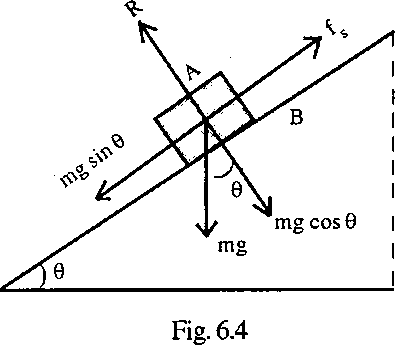We are now officially at the last unit relating to physics. This unit deals with waves and sound. Particularly we will be discussing constructive and destructive interference....sounds complicated??? Well hope I will be useful.
When two or more sound waves are released from different sources , and travel relatively at the same time, eventually they will interact with one another creating a new wave. The new creative wave is the sum of all the waves added together. This interaction between the waves is called, wave interference. There are two types of interference constructive and destructive interference.
Constructive interference is when either the crests or the troughs of the two waves that are moving toward each other, interfere. It is important to mention that the two waves have to have the displacement in the same direction. When this happens the wave gets amplified , therefore producing a louder sound. In other words, the combined pattern of the waves is the sum of the individual wave outlines.
Constructive interference: Crest & Crest
Constructive interference: Trough & Trough
On the other hand, destructive interference is when the two interfering waves have a displacement in the opposite direction. For a better understanding, destructive interference occurs when the crest of one wave , meets with the trough of the other wave. When interfering the new created wave will have a lower intensity, this is because the positive crest of one wave is added to the negative trough of the other wave, which results in a subtraction.
Destructive interference: Crest & Trough
*As Mr. Chung pointed out, it is important to remember that if the displacement of two waves is in the same direction (doesn't matter either negative or positive) it will still be a constructive interference .













